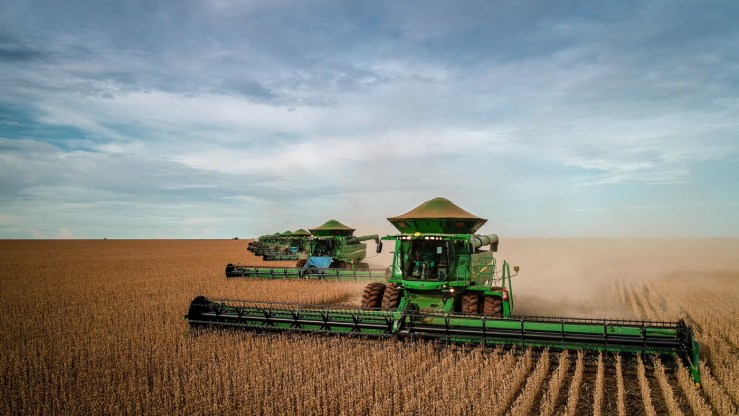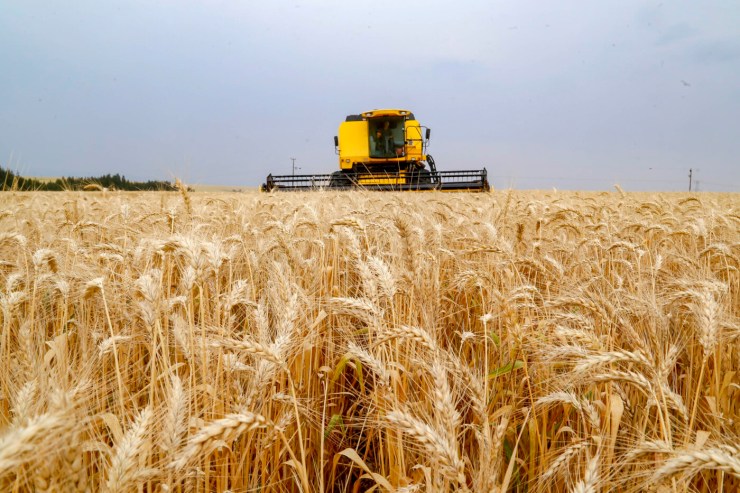Grain storage is a vital part of the food production chain. This is where grains are kept in optimal conditions to ensure food quality and safety. Learn about the importance of grain storage services and how they contribute to the food chain.
Grain storage begins immediately after harvest, when grains are transferred to silos or warehouses. These locations are designed to keep grains in optimal temperature, humidity and ventilation conditions, ensuring that they are not exposed to external factors that could compromise their quality.
The importance of grain storage lies in its ability to maintain grain quality over a long period of time. This is especially important in regions where the harvest occurs at a specific time of year, but the demand for food is constant. Grain storage allows producers to meet demand throughout the year without compromising food quality.
Another benefit of grain storage is its ability to protect food from pests and other contamination issues. Grains are vulnerable to a number of problems, including insects, rodents, fungi, and bacteria. Grain storage helps prevent these problems by allowing the grains to be protected from these threats and kept in a condition that is safe for human consumption.
Additionally, grain storage allows farmers to wait for a more opportune time to sell their grain. In some situations, the price of grain can fluctuate over time, depending on market supply and demand. By storing grain, farmers can wait until the price is more favorable before selling their produce.
In short, grain storage is an essential service in the food production chain. It helps maintain food quality and safety by protecting it from pests and other contamination issues. In addition, grain storage allows producers to meet demand throughout the year and wait for a more opportune time to sell their grain.





